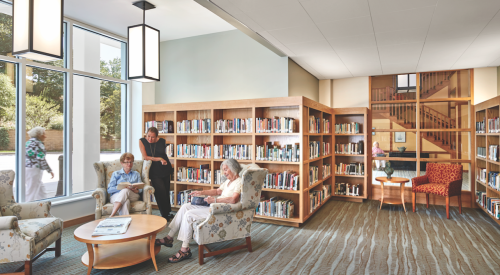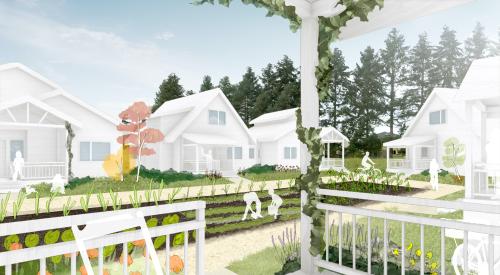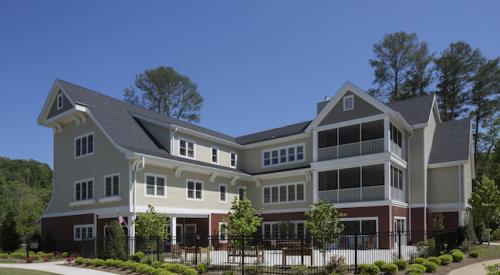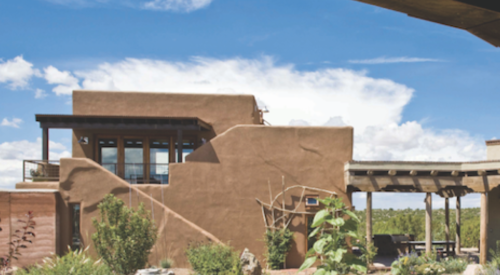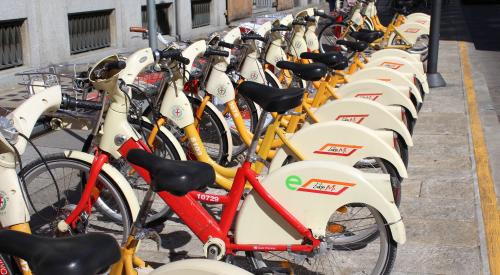Back before the Internet, people who lived in the same village needed to rely on each other. Think of a small colonial village; there were town gatherings and meetings and people had the privacy of their own homes but also a strong sense of community with their neighbors. It was needed, as these small villages were often located far away from major cities. Before the advent of cars, it could take days to make a round trip. Fast-forward a few hundred years to present day and you will find this type of living, reminiscent of the colonial period, is making a comeback in the form of co-housing developments.
Modern-day co-housing has its roots in Denmark in the 1970s and is a concept that is currently gaining steam here in the United States. The main idea behind a co-housing development is that it is run and organized by the residents living there, which leads to a more tightly knit sense of community among people with similar values, Bloomberg reports.
These co-housing communities are very similar to more traditional residential developments with a few tweaks. Many of these communities offer communal kitchens and dining areas for shared meals. They offer residents the ability to share rides, and have an overall commitment, shared by all who live there, to engage in living sustainably. Currently, there are over 150 co-housing communities in the United States that exist, and while the entire movement is gaining in popularity, these developments are becoming especially appealing to seniors. In the past few years there have been 10 co-housing developments created with another 14 in progress.
EcoVillage, located in Ithaca, N.Y. is a multigenerational co-housing development that consists of three neighborhoods, each one with its own 5,000- square-foot common house that can be used for shared meals and gatherings. The 175-acre campus also includes three organic farms, numerous solar panels stippled on rooftops, and a ‘reuse room’ that enables residents to recycle toys, clothes, and books.
The cooperative living offered by these co-housing developments is especially appealing to retirees as it reverses the typical pattern of individuals becoming more isolated after they stop working. For example, at EcoVillage, teams of residents cook communal meals three times a week and maintain the grounds. There are movie nights and special celebrations and residents who offer to bring meals to ill and homebound residents and help arrange transportation to their doctor’s appointments.
This type of communal living--in particular, existing in such close proximity to neighbors--isn't a bed of roses, however. Oftenissues such as pets and guns can become a problem if residents in the neighborhood have differing views. Problematic for seniors can be denial about the kind of care they need or will need as they age. These issues are not dampening the mood surrounding these developments, though. More are expected to pop up in the coming years.
